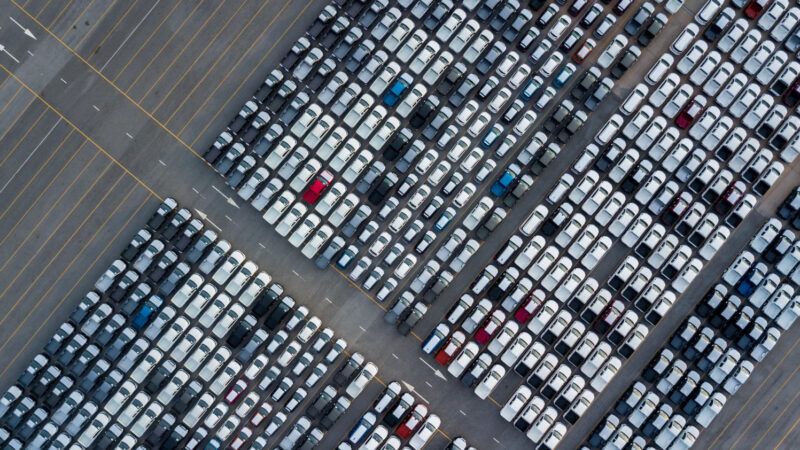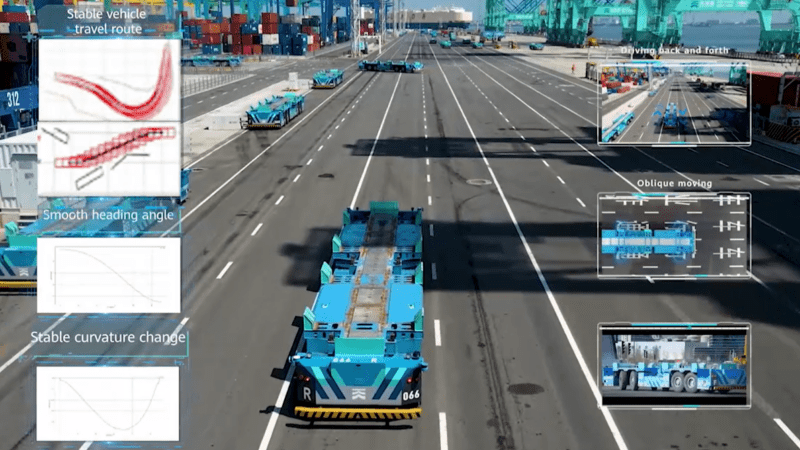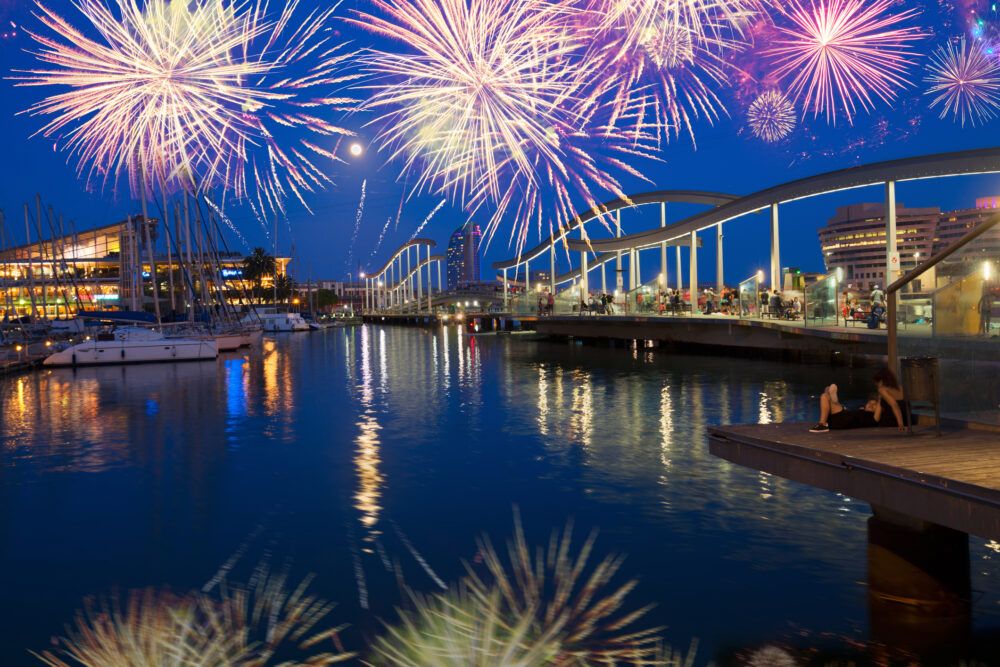 Ports make their facilities available to cities for the organisation of events in privileged locations. (Getty Images)
Ports make their facilities available to cities for the organisation of events in privileged locations. (Getty Images)
The reason for unusual port activities: from running a World Trade Centre to hosting the King’s League
Cultural, gastronomic or sporting events, space management, real estate business. Port authorities are increasingly developing activities away from their core business and entering into new business areas by leasing their facilities to municipal institutions and private companies to carry out unique events. The reason? Strengthen ties with the local community.
 Ports make their facilities available to cities for the organisation of events in privileged locations. (Getty Images)
Ports make their facilities available to cities for the organisation of events in privileged locations. (Getty Images)
Opening up port spaces to organise events of a varied nature is becoming an increasingly popular model among port authorities. The aim is to achieve a greater integration between the port and the city and to bring citizens closer to their privileged facilities, traditionally outside the cities events’ agendas.
Three models coexist which, although they move away from the core business of the ports, achieve other important results for the city and its inhabitants.
1.Activities ancillary to port operations: logistics, transport and infrastructures
A classic example of the development of ancillary activities can be found in the Port Authority of New York and New Jersey. Indeed, in addition to its port activity, the PANYNJ is a holding company which oversees, within its geographical jurisdiction, a large part of the regional transport infrastructures, including bridges, tunnels, airports (including John F. Kennedy, Newark Liberty and La Guardia) and ports.
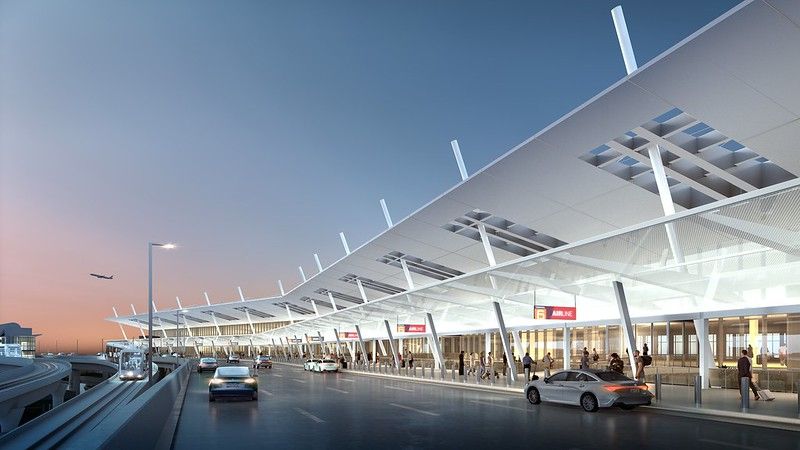
This diverse portfolio also includes real estate, as the Port owns the site of the World Trade Center skyscraper, built to replace the Twin Towers which suffered the terrorist attack of 2001.
The Port Authority is also involved in several ventures in the region such as the Teleport business park in Staten Island and the Bathgate in the Bronx, the industrial park in Elizabeth, the Essex County Resource Recovery Facility, the Newark Law Center, Queens West in Long Island City and the South Waterfront in Hoboken. As it can be seen, all this management activity goes far beyond the logistics function of the ports themselves.
Along the same lines, the Port of Barcelona also carries out important real estate activities through various companies: World Trade Center Barcelona, S.A. manages 130,000 m2 of open spaces, customised offices and congress halls; CILSA (Centro Intermodal de Logística, S.A.) manages the Port of Barcelona's Logistics Activities Zone, but also logistics areas outside the port service area, offering space, warehouses and advanced services to logistics operators, freight forwarders, shipping companies and carriers; manages the Port of Barcelona's Logistics Activities Zone, but also logistics areas outside the port service area, offering space, warehouses and advanced services to logistics operators, freight forwarders, shipping companies and hauliers; and the Port Vell Urban Development Agency, which manages the port-city space near Barcelona. These last two companies, pioneers at the time, have become worldwide management models in their category.
2.Activities geared towards citizens
Other ports lend their facilities for the organisation of various events, including music, culture and popular events. As well as offering the chance for citizens to enjoy privileged spaces due to their proximity to the sea, they are an opportunity to open up to, in some cases, generate a greater knowledge of port activity.
In some examples, new districts are created in the ports’ territory open to the whole city.
The port of Kaohsiung is an example. In 2009, in collaboration with the city council, the Ministry of Culture and the government of Taiwan, it developed the transformation and requalification of the port area closest to the mouth of the Love river to build an architectural complex which consolidates a musical and cultural innovation programme to become a reference space based on the production of national pop music, benefiting the city itself.
The project is divided into three zones that connect and integrate with their surroundings. The first consists of two towers linked by an atrium that have already become a symbol of Kaohsiung’ skyline. The second is a central area with a large roof where exhibitions, commercial programmes and open spaces host activities such as street markets, street theatre and food stalls.
The third and final area links the new South Ferry station, the night market and the north with a waterfront promenade with access to water gardens, a cycle path, restaurants and shops connected by a footbridge.
Rotterdam and its port have promoted The Makers District, an area designed for new companies to consolidate their activity and test products and processes to promote a new economy based on, among others, digitalisation, robotics, renewable and sustainable energies. The district is not only a physical space, but also offers an environment that favours collaboration and entrepreneurship thanks to the collaboration of educational institutions in the region.
The new multi-faceted port model is more open and tangible for citizens and in harmony with local and universal social values
Other activities are of an ad hoc nature.
In Canada, the Port of Quebec organises the Agora festival, a meeting point for cultural, tourist and sporting development promoted by the Port, Incubateur de musique francophone (IMF), Relèvénement, District 7 and the Comité des citoyens du Vieux-Québec. The Port of Quebec is thus giving up its spaces to contribute to the creation of a diversified offer on its premises.
In Barcelona, the events held in the Port Vell, the area of the port open to the city, include activities such as exhibitions, concerts, weekly markets, fairs such as the Boat Show or popular celebrations such as the procession of the Vírgen del Carmen or the Christmas market, which is attended by more than three million people each year.
"Like all ports located in cities, the Port of Barcelona has an open space for citizens to enjoy. In the case of Barcelona, the Port Vell has its own trajectory, history and entity closely linked to the city, partly thanks to the organisation of different activities," explains David Pino, manager of the Port Vell of the Port of Barcelona.
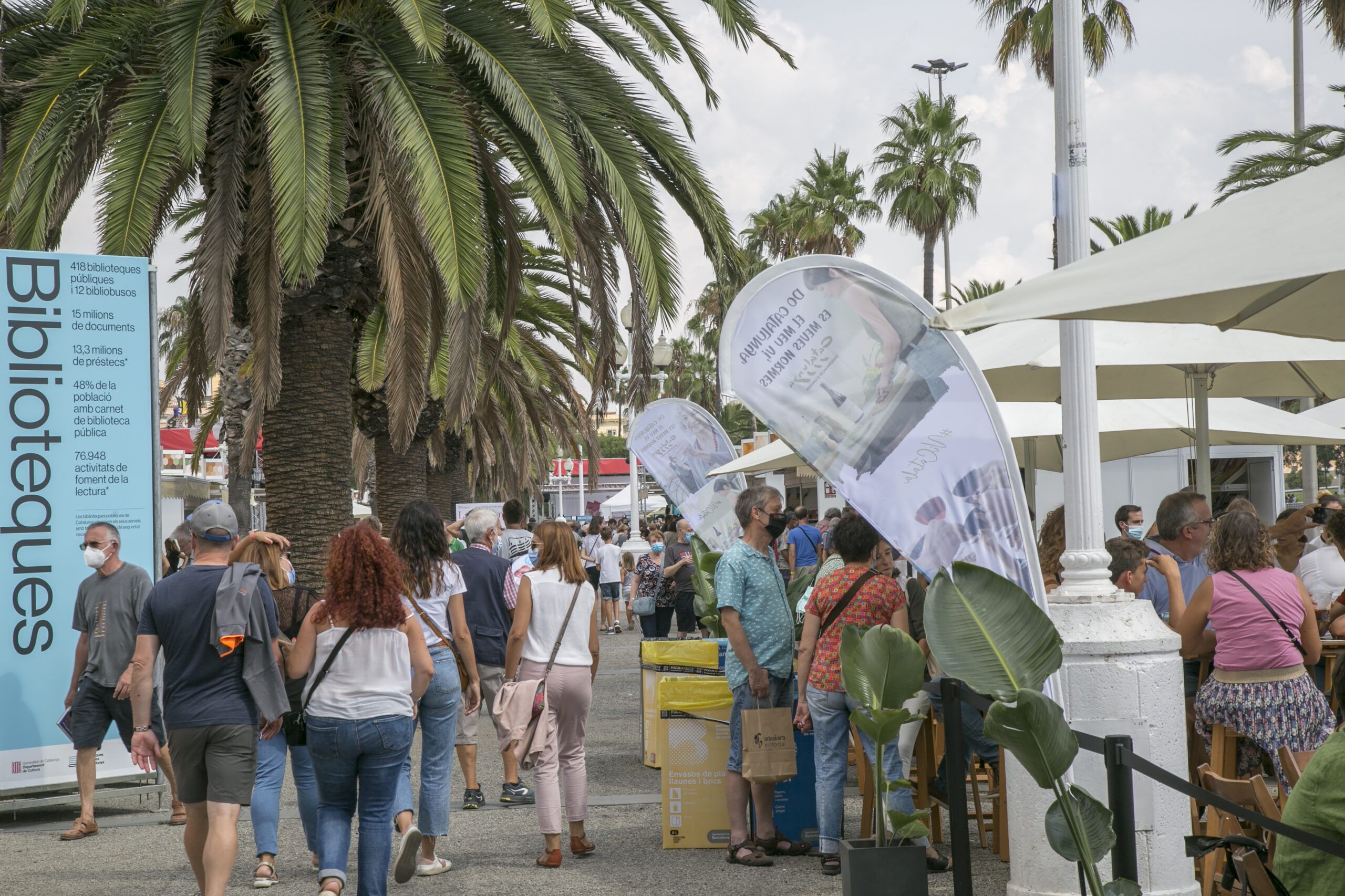
"Ours is a commercial but also a civic port. This is very important for Barcelona, and vice versa. We were among the first ports to take advantage of the facilities located on old docks that have become obsolete for commercial activity and open them up to the city," adds Francesc Bonada, head of Organisation and Sustainability at the Port of Barcelona.
Port Vell is also the area where the teams of the America's Cup, the sailing competition par excellence, will be located . An opportunity for the citizens to get to know the competition in depth.
 3.Exceptionally singular activities
3.Exceptionally singular activities
The Port of Barcelona has sports facilities for Port Authority employees and Port Community companies. These facilities are also used sporadically by the city's sports teams. "In this area we have a multi-purpose pavilion with facilities for football, basketball and tennis courts, which are occasionally available for the citizens," Bonada points out.
In this sports area, the Kings League, a 7-a-side football league created by Gerard Piqué's sports event management company Kosmos, is currently being held. This league is made up of 12 teams owned by different streamers and ex-footballers. "The organisation asked the Port to lease its sports facilities for the competition because they were interested in holding it in Barcelona," explains Bonada.
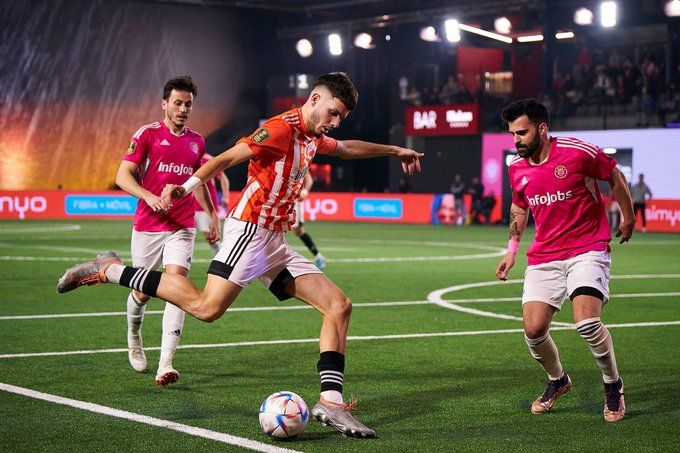
This football league brings a number of innovations and is aimed at a Generation Z audience. For example, it is broadcast via Twitch, a video streaming platform widely used by young people. "It's interesting because in a way it allows us to get in touch with a younger generation and to link innovation to sport," says Bonada. Indeed, according to the ratings, some of the King's League games are getting more viewers than LaLiga football matches.
Other events that have taken place in the commercial area of the Port of Barcelona in 2022 are, for example, the first Fishing Meeting East Dock by the Sociedad de Pescadores Deportivos de Mar Barcelona; the Barcelona Logistics Festival, Buti Buti, an open-air celebration for the Port Community, or Taste-It, organised by Grimaldi España, which consisted of various gastronomic and cultural activities.
The link between ports and sport is replicated in other examples. In the case of the Port Authority of Thailand, it has a professional football team, Thai Port F.C., which competes in the Thai League 1. And the port of Valencia was, for four years, part of the layout of the Formula 1 circuit which hosted the European Grand Prix of this competition.
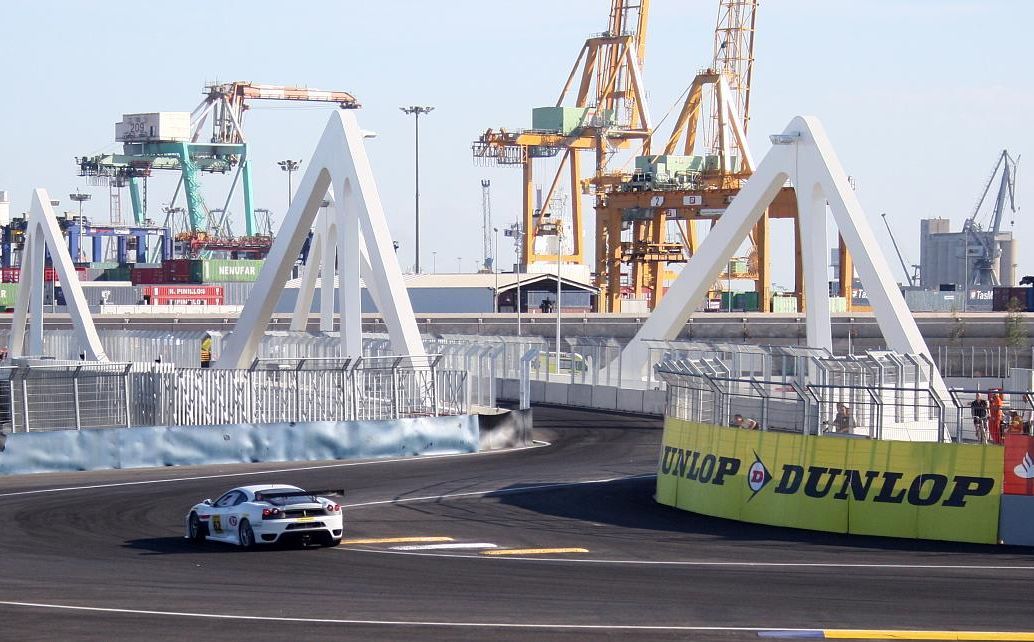
These examples of the port-city connection show that, far from turning their back on the cities, the ports reinforce their cultural, sporting and leisure offers to promote social sustainability by multiplying the nature of activities which are not always related to the sea. As Bonada affirms, "ports are not only a source of externalities."
It also means an approach to a public as diverse as the citizens, whose knowledge of the ports was, until now, based on their more traditional activity. Now, young and not so young can enjoy their spaces as if they were just another corner of the city and familiarise themselves with the new multi-faceted model of the ports, more open, tangible and in harmony with local and universal social values.




